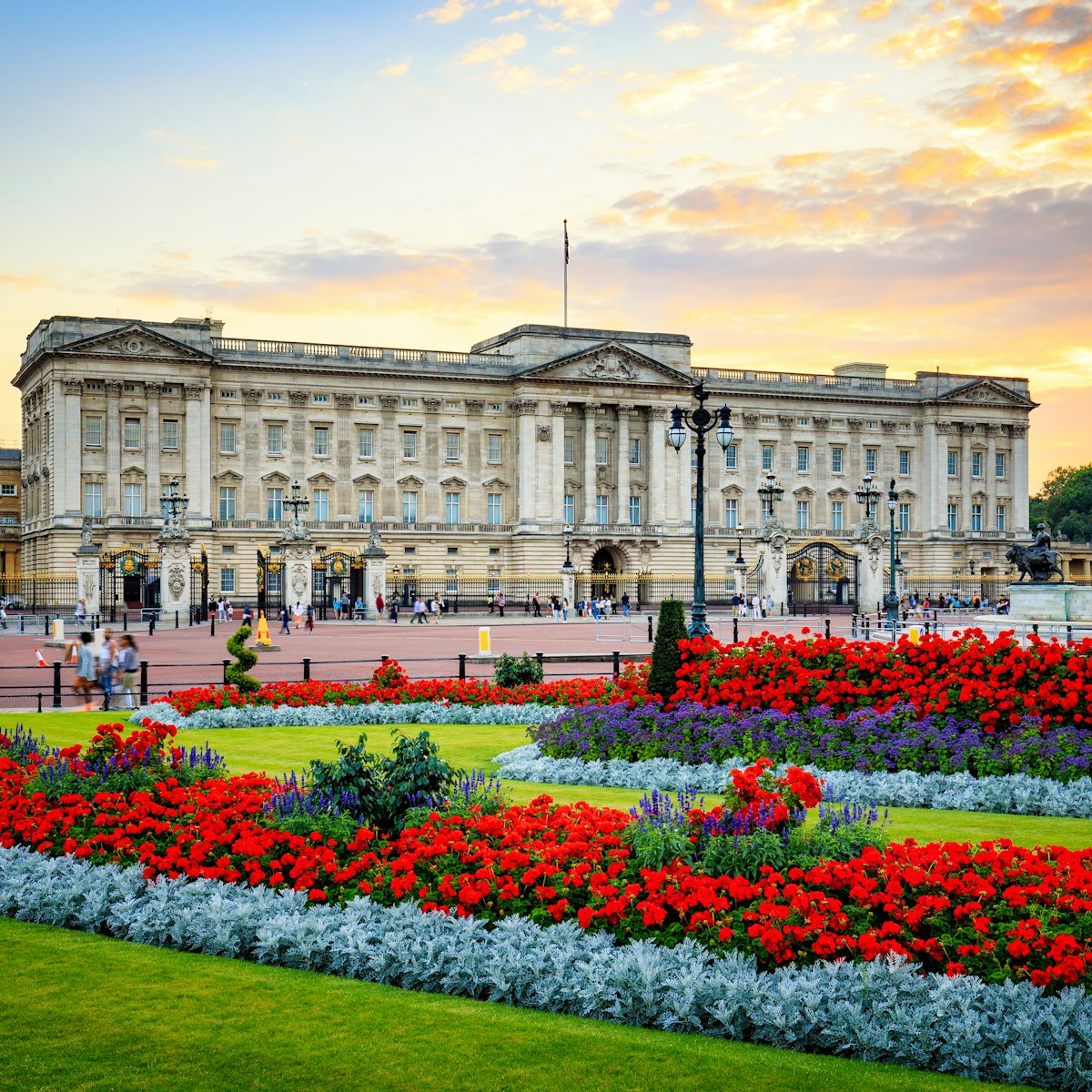This 49.5m-tall eight-sided pagoda (1762), designed by William Chambers (who designed Somerset House), is one of Kew Gardens' architectural icons. During WWII, the pagoda withstood the blast from a stick of Luftwaffe bombs exploding nearby, and was also secretly employed by the Ministry of Defence to test bomb trajectories (which involved cutting holes in each floor). Restorations in 2018 offered access to sweeping views and returned its former full colours, along with the 80 dragons that once decorated the pagoda.
The original wooden dragons vanished in the 1780s, never to return. Although almost identical to a Chinese pagoda (tǎ), the structure has an even number of floors (10), while pagodas in China all have an odd number. Also designed by Chambers, an 18th-century mosque with minarets stood nearby, which had disappeared by 1785. A nearby Moorish-style building, similarly designed by the indefatigable Chambers, likewise vanished, destroyed in 1820.








